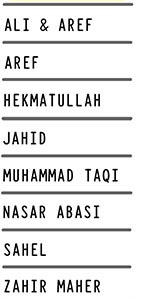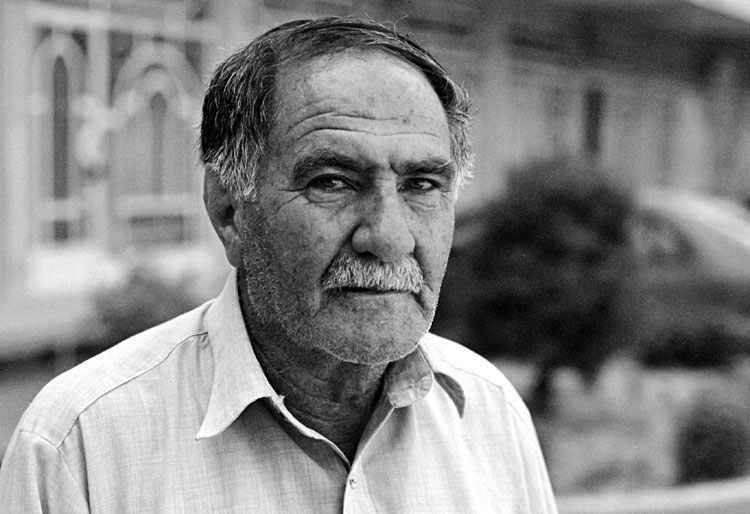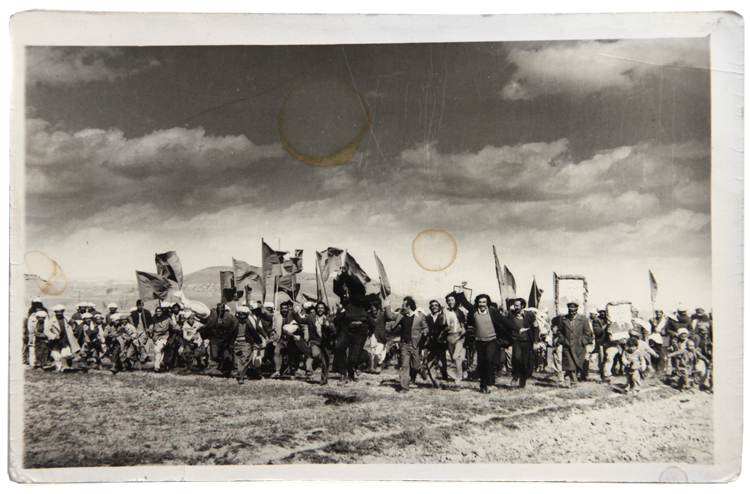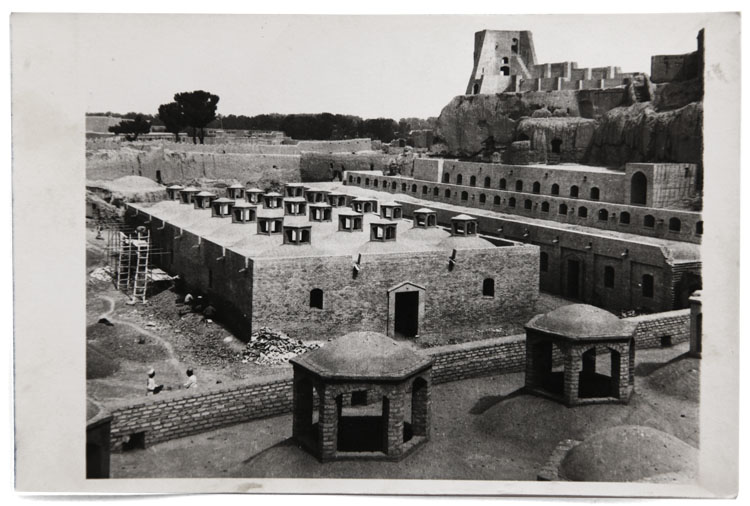|
| AREF | ||||
Aref’s interest in photography belongs to "the imagination" he says, and to Herat in the 1950s when his friends brought him a medium format Lubitel camera. A teenager at the time, he started working within the year as a photographer. His first on-the-job camera was the kamra-e-faoree, which he taught himself how to use. Later on Aref was trained in large format photography by Saeed Abdul Waheed Atamad (see Maher's portfolio), one of the earliest photographers in Herat who had learnt his trade in Iran. Parting with his mentor, Aref became part-owner of the Omid (Hope) studio in Shar-e-nau area of the city. At the same time he had contract-work with a local newspaper and his journalistic duties would lead him to document the revolutionary times in which he lived.
When he wasn't working in the studio or for the newspaper Aref pursued his hobby of documenting the renovation of Herat’s famous citadel, the Arg. Every weekend he would go to the Arg - Yashica camera in hand - as the renovation progressed to photograph the different stages.
After the Russian invasion Aref moved to Iran where he occasionally worked as a tailor, but never as a photographer. He returned home seventeen years ago before the time of the Taliban but still did not return to work in photography - "because of my mind," he says, "it didn't lead me to work." Aref still takes photos with his Yashica camera. He shows us some colour film portraits he took of his grandchildren, as well as a photograph he took on his mobile phone the previous day of a friend who had moved to Holland. He hadn't seen that friend in twenty-eight years, he says. They just met by chance on the street, and so he photographed the moment.
|
||||






 ....
.... .
.